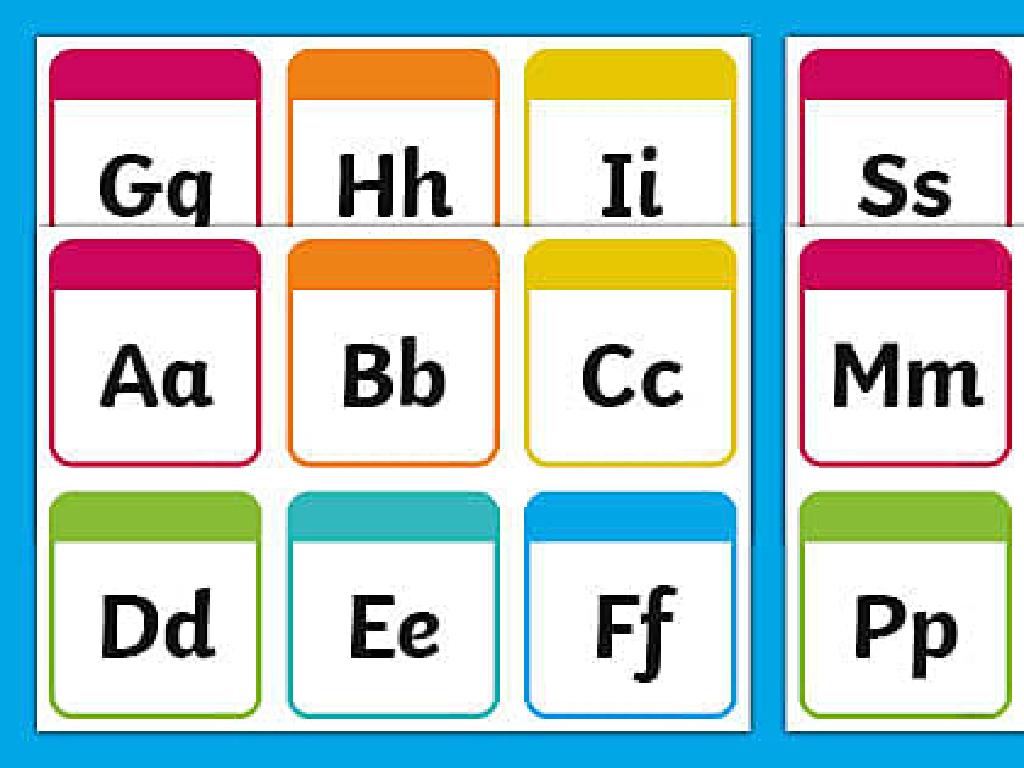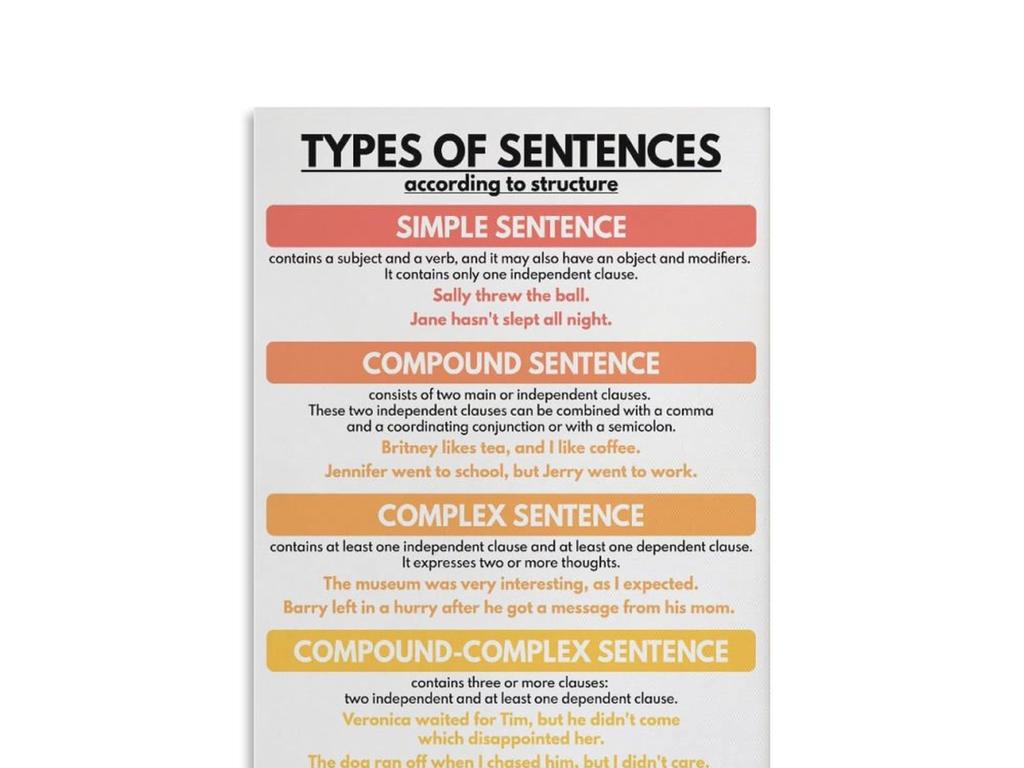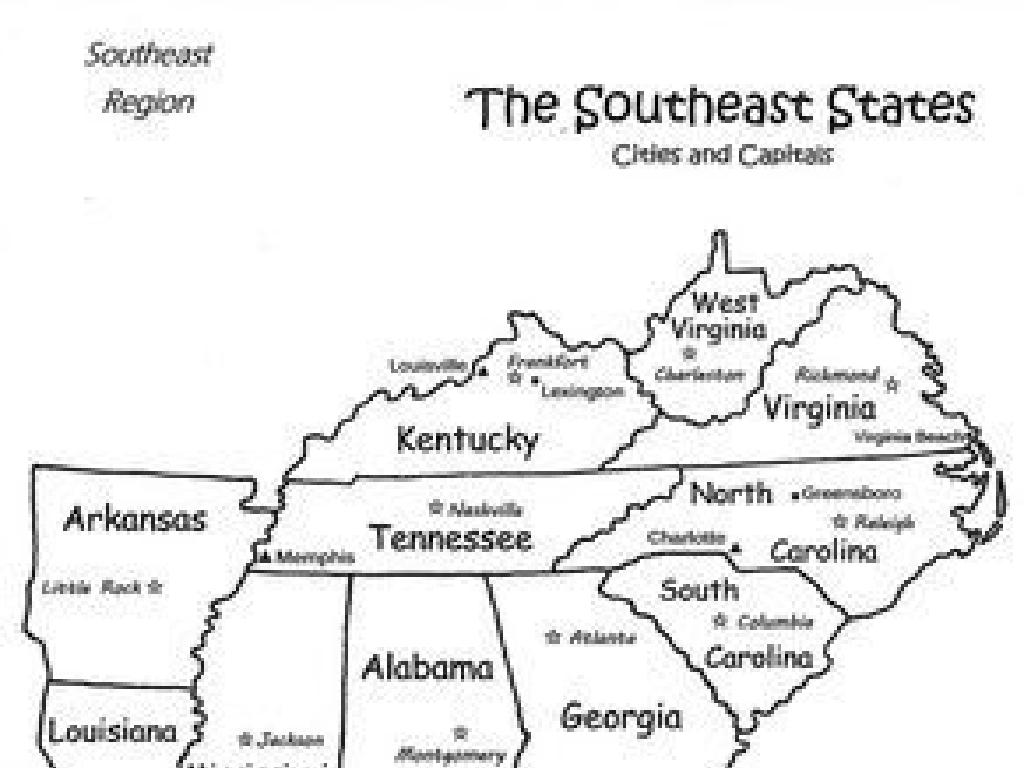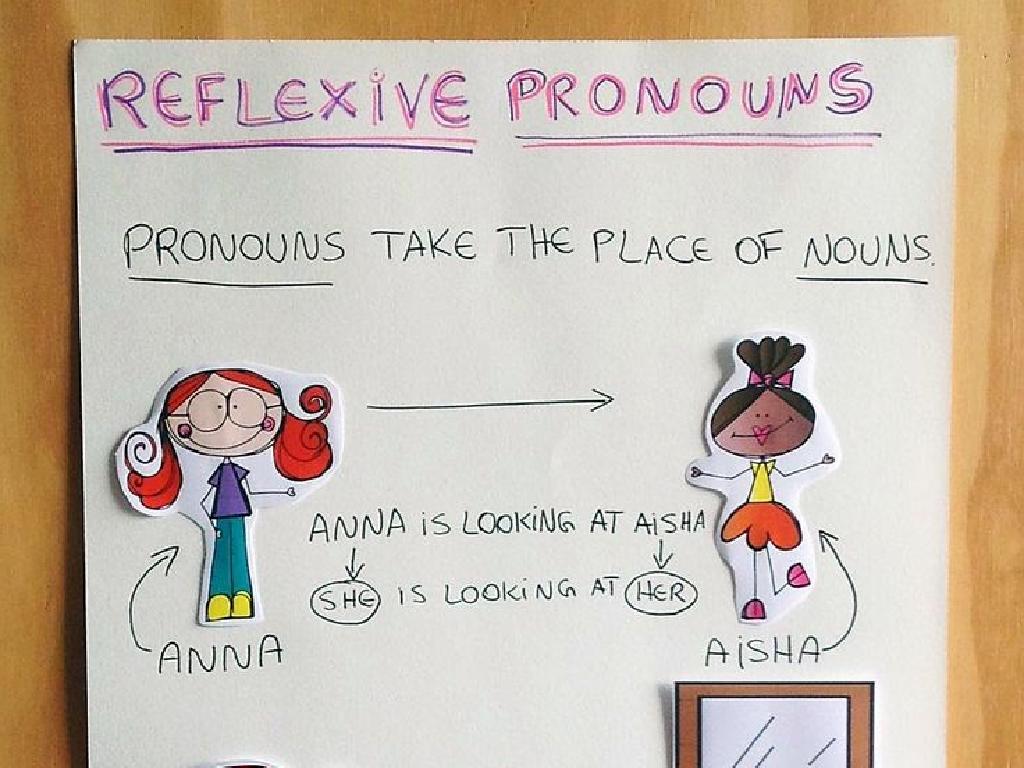Multi-Step Problems With Customary Unit Conversions
Subject: Math
Grade: Fifth grade
Topic: Customary Units Of Measurement
Please LOG IN to download the presentation. Access is available to registered users only.
View More Content
Introduction to Customary Units
– Learn customary measurement units
– Examples: inches, feet, yards, miles
– Smaller to larger: 12 inches in a foot, 3 feet in a yard, 1760 yards in a mile
– Understand ounces, pounds, gallons, cups
– Weight and volume: 16 ounces in a pound, 8 ounces in a cup, 16 cups in a gallon
– Significance in daily life
– Cooking, shopping, traveling, and construction use these units
|
This slide introduces students to the customary units of measurement commonly used in the United States. It’s crucial for students to understand these units as they are widely applied in everyday life, such as in cooking, shopping, traveling, and construction. Provide examples to illustrate the relationship between units, such as how many inches are in a foot, or how many cups are in a gallon. Emphasize the practicality of knowing these units for tasks like measuring ingredients in a recipe or calculating the distance of a trip. Encourage students to think of situations where they have used or encountered these units outside of school.
Converting Units: Inches to Feet
– Steps to convert units
– To convert inches to feet, divide by 12
– Use a conversion chart
– A chart helps find how units relate
– Example: 36 inches to feet
– 36 inches / 12 inches per foot = 3 feet
– Practice with different units
|
This slide introduces students to the concept of unit conversion within the customary system, focusing on converting inches to feet. Start by explaining that there are 12 inches in a foot. Show how to use division for this conversion. Present a conversion chart as a visual aid to help students understand the relationships between different units. Work through the practice problem by dividing 36 inches by 12 to find the equivalent in feet. Encourage students to use the conversion chart to practice converting other units, such as ounces to pounds, to reinforce their understanding. Provide additional practice problems for students to solve independently or in groups.
Solving Multi-Step Problems with Unit Conversion
– Understanding multi-step problems
– Problems requiring more than one step to solve
– Importance of sequential steps
– Following steps in order ensures accuracy
– Converting units: ounces to pounds
– 16 ounces equals 1 pound. How many pounds are 48 ounces?
– Practical example: recipe conversion
– Use conversion to solve if 48 ounces of flour is enough for a recipe needing 3 pounds
|
This slide introduces students to the concept of multi-step problems, emphasizing the need to follow a sequence of steps to reach a solution. It’s crucial to teach the students the importance of order in solving these problems to avoid confusion and errors. The slide provides a relatable example involving unit conversion, a key skill in many real-world situations. Students will learn to convert ounces to pounds, applying this knowledge to determine if they have enough flour for a recipe. This practical application helps solidify their understanding of both multi-step problem-solving and unit conversion. Encourage students to work through the example provided and come up with similar problems to practice.
Solving Multi-Step Conversion Problems
– Identify all units involved
– Determine the conversion steps
– Example: Convert inches to feet
– If a room is 120 inches long, how many feet long is it?
– Practice with class activity
– Students will solve different conversion problems
|
This slide introduces students to the process of solving multi-step problems involving customary unit conversions. Start by identifying the units that need to be converted. Then, outline the steps required for conversion, such as knowing that 12 inches equals 1 foot. Work through an example problem as a class, such as converting the length of a room from inches to feet. Finally, engage the students with a class activity where they solve various conversion problems, reinforcing the concept. Provide clear instructions and ensure that students understand the conversion factors for customary units like inches to feet, ounces to pounds, and gallons to quarts.
Practice Time: Unit Conversion Problems
– Convert yards to inches
– 1 yard = 36 inches, so 5 yards = ? inches
– Gallons to cups conversion
– 1 gallon = 16 cups, so 2 gallons = ? cups
– Work through Problem 1
– Solve Problem 2 together
|
This slide is designed for a hands-on practice session on converting customary units of measurement. Start by guiding students through the process of converting yards to inches, reinforcing the conversion factor that 1 yard equals 36 inches. Then, move on to converting gallons to cups, reminding them that 1 gallon equals 16 cups. Work through Problem 1 as a class, asking students to calculate the total number of inches in 5 yards. For Problem 2, collaborate to find out how many cups are in 2 gallons of milk. Encourage students to show their work and explain their reasoning. This exercise will help solidify their understanding of unit conversions and prepare them for more complex multi-step problems.
Class Activity: Conversion Relay
– Teams tackle conversion problems
– Each member solves a problem step
– Race to solve correctly first
– Winning team gets a prize
|
This activity is designed to encourage collaboration and understanding of multi-step problems with customary unit conversions. Divide the class into small teams, and provide each team with a multi-step conversion problem. Each member of the team is responsible for solving one step of the problem. This will require them to communicate effectively and ensure they understand each step of the conversion process. The first team to arrive at the correct answer shouts ‘Done!’ and if their solution is correct, they win. Consider offering a small prize for the winning team to motivate the students. Possible activities for different teams could include converting lengths (inches to feet), volumes (cups to gallons), or weights (ounces to pounds). This will help students practice and reinforce their understanding of customary unit conversions in a fun and interactive way.
Review and Reflect: Unit Conversions
– Recap of today’s learning
– Significance of conversion skills
Converting units is crucial for solving real-world problems accurately.
– Share an interesting challenge
Discuss any hurdles or ‘aha’ moments experienced during class.
– Reflect on new knowledge
|
As we conclude today’s lesson on customary unit conversions, it’s important to review and solidify the concepts learned. Encourage students to reflect on the importance of these skills in everyday life, such as cooking, traveling, and science. Ask them to share one aspect of the lesson they found particularly interesting or challenging to foster a collaborative learning environment. This reflection not only helps students process what they’ve learned but also allows you, as the teacher, to assess their understanding and address any areas of confusion. For the next class, consider having students bring in examples of when they’ve encountered unit conversions outside of school to connect classroom learning with the real world.






